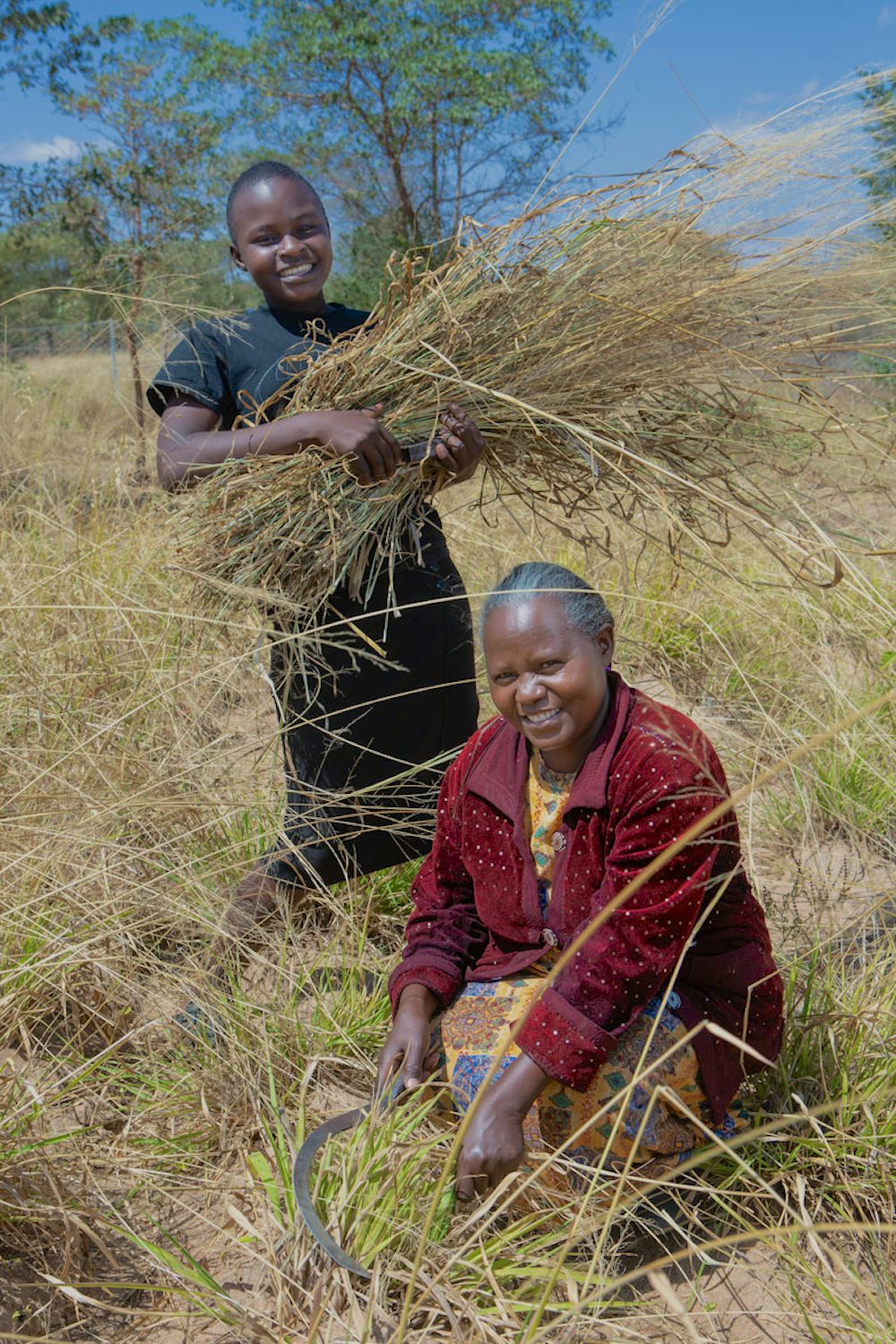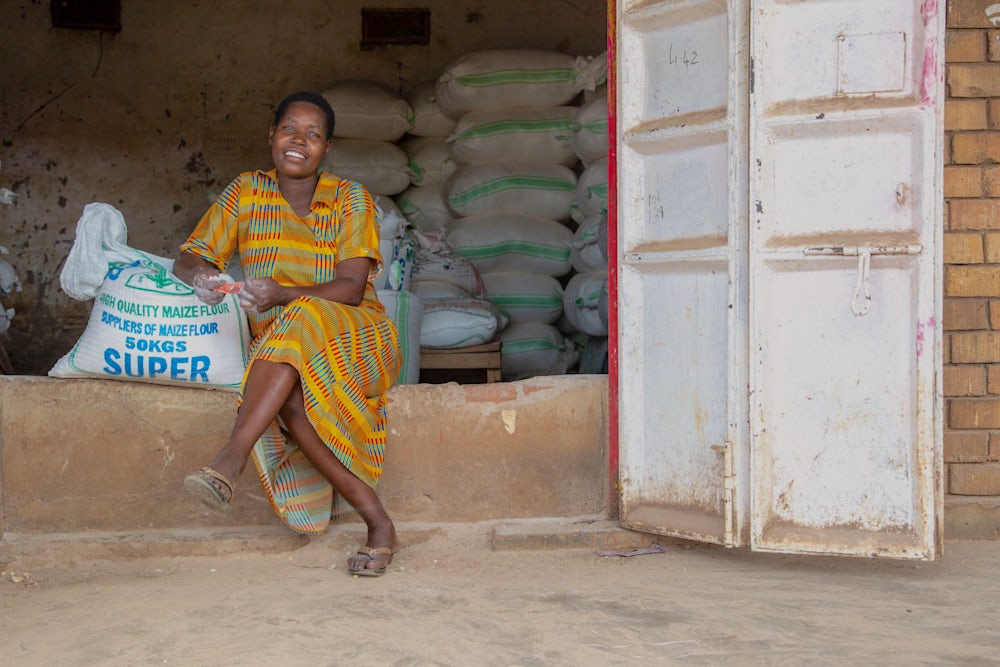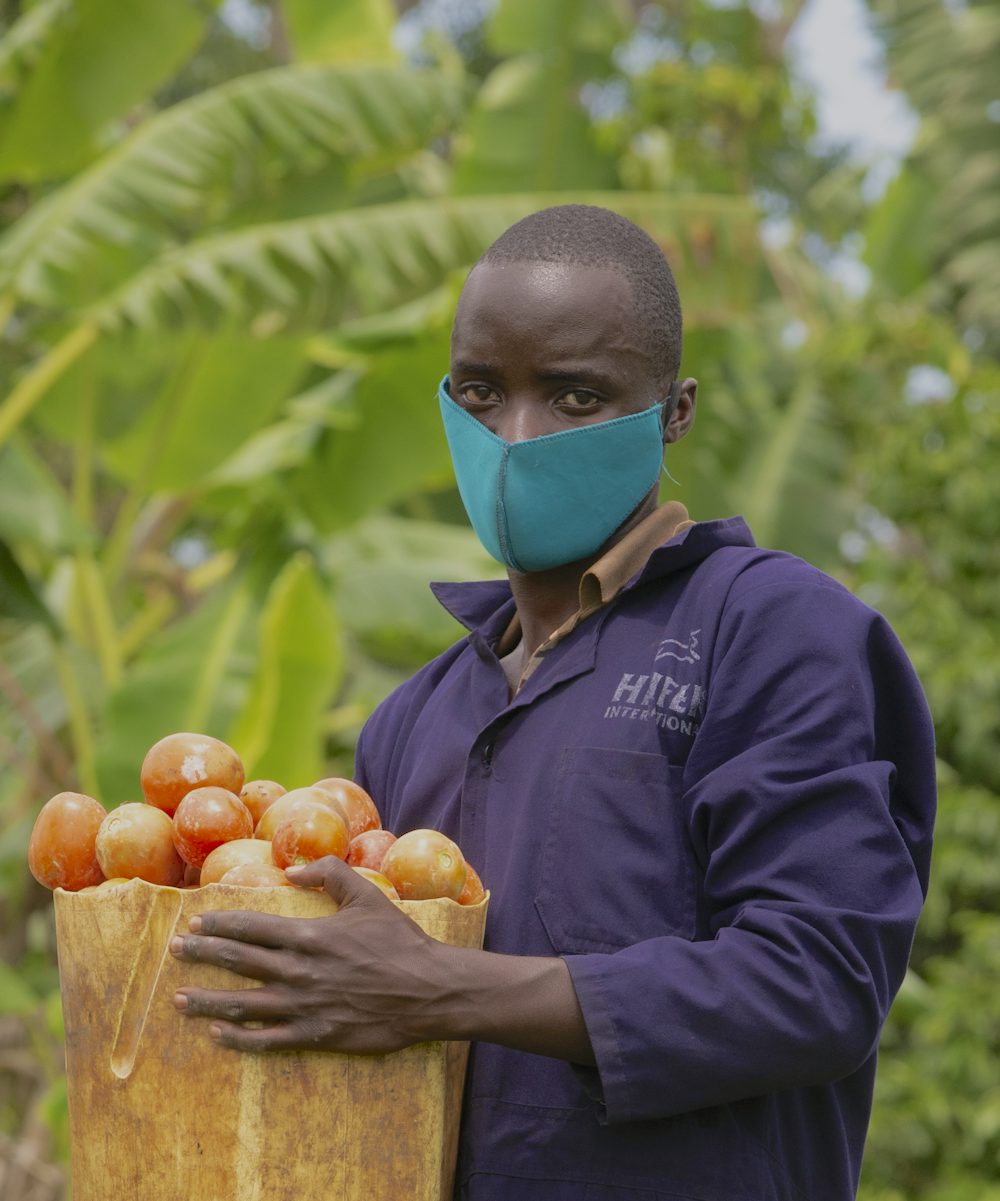While much scrutiny is placed on agriculture as an aging industry — the average age of farmers in the United States and Africa is reported to be around 60 — the role of youth in agriculture is much more significant than filling the boots of the current generation of farmers.
The world today hosts a massive population of 1.2 billion young people between the ages of 15 and 24 — and that number continues to rise. According to the United Nations, nearly 88% of them live in developing nations, particularly rural sub-Saharan Africa and South-Central and Southeast Asia, where agriculture is often the primary — or only — source of income. And rural youth, as identified by the International Fund for Agricultural Development, already spend half or more of their working time farming.

Despite the prevalence of agriculture — the World Bank states 80% of the world’s rural poor earn a living through farming, and the sector employs half the rural population of the entire continent of Africa — most smallholder farmers live in poverty, operating crop and livestock farms that aren’t as productive as they could be and missing out on critical opportunities to contribute to their larger food systems.
But consider that expansion of the agriculture sector can boost incomes of poor families two to four times more effectively than other industries, and two out of three young people outside urban areas in developing countries live where there is the most agroecological potential, and the role of youth in agriculture is, in fact, that of immense possibility — to grow more food, transform local food systems and build economies that lift entire communities out of poverty.
“There is arable land. There is a growing middle class. There is a growing market,” said Adesuwa Ifedi, Heifer International’s senior vice president of Africa programs. “You actually have a market that can sustainably provide jobs across the value chain. … We now need to unlock the potential of the agricultural sector.”
The unemployment rate for youth is currently three times that of adults in all regions of the world, according to a 2021 report from the Food and Agriculture Organization. In Africa especially, which boasts the globe’s youngest population, two-thirds of youth are unemployed or working in vulnerable, low-paying positions, Ifedi said.
"We now need to unlock the potential of the agricultural sector." —Adesuwa Ifedi

The COVID-19 pandemic has also battered jobs and food systems, contributing to an increase in global hunger of up to 161 million people, as reported in The State of Food Security and Nutrition in the World 2021.
“We definitely know that we are currently not able to provide enough jobs for the young people that we have in our continent,” Ifedi said. “Our innovative thinking is going [to be] around job creation in sectors where these youth could be absorbed."
Agriculture is the backbone of the economy in many places, totaling 25% or more of GDP in several developing countries. Engaging youth in agriculture — an available, opportune and essential sector for growth — is critical to strengthening local food systems, feeding communities and providing gainful employment opportunities for the world’s booming youth population.
Despite its challenges, “agriculture still remains the biggest platform for job creation,” Ifedi said.
While agriculture can and does have a positive effect in many countries, it remains unattractive to young people. Farmers across the globe regularly confront issues such as climate change, pests and invasive species, outdated farming practices and limited access to technology, all of which hinder productivity and income generation.
A new report on the role of youth in agriculture from Heifer International, which includes input from nearly 30,000 young Africans and hundreds of farmers and farm organizations in Africa, identifies additional challenges preventing youth from fully engaging in farming, most notably lack of financing, land, markets and training.

These limitations have fueled a generational disinterest in farming, with many young people viewing it as an unstable livelihood and turning instead toward urban centers to find opportunity.
Agriculture is “where the young people in Africa don't want to go to,” Ifedi said. “That's where their parents don't want them to go, because the … impression that we have about agriculture, because of the fact that it's not driven by technology, is that [it] is not aspirational for the youth.”
Heifer’s research also shows that young people can be encouraged to participate in agriculture with the right support and that, despite their skepticism, many do consider it an accessible livelihood important to a nation’s development. And technology is pivotal to this transformation — it can help agriculture by improving both how it is perceived and its productivity.
“Technology is how we can leapfrog,” Ifedi said. “Technology is how we can transform the way the agricultural sector is perceived by the average young African [and] begin to open up opportunities where we did not realize that we have opportunities before.”
Yet, many smallholder farmers struggle with low tech adoption — which contributes to low output. Of the youth surveyed for Heifer’s report who are involved in agriculture, only 23% use any form of technology such as an app, SMS, website or software. But young people and smallholder farmers also indicated they would embrace technology if the tools were affordable and they could receive training in how to use them.

While digital literacy for rural farmers must remain a consideration, the World Bank has reported technology to have “significant potential to improve efficiency, equity and environmental sustainability in the food system.” And, where it is possible, we are already seeing smallholder farmers use digital tools to revolutionize their work around the world.
"At every point, every problem being addressed through technology and innovation is a whole new opportunity for jobs to be created." —Adesuwa Ifedi
In Ecuador, Heifer farmers launched the country’s first farmer-owned online marketplace for fresh produce delivery during the COVID-19 pandemic. And coffee and cocoa farmers in Honduras are using blockchain and decision-making technology to better understand their product supply chains, make informed choices for improving crop yield and value, and secure higher prices.

Heifer’s youth in agriculture report also uncovered an innovative spirit at play in Africa, with young entrepreneurs tapping tech like artificial intelligence, remote sensing, virtual reality, drone technology and a variety of precision tools to provide services to smallholder farmers.
“I believe that innovation coming in to create opportunities to address all of this is really where the transformation for Africa will begin,” Ifedi said. “And at every point, every problem being addressed through technology and innovation is a whole new … opportunity for jobs to be created for young Africans.”
Heifer’s mission to end hunger and poverty while caring for the Earth is built on helping smallholder farmers grow more food, earn a living income and contribute to their economies — and youth in agriculture are an essential part of this vision. Young people, supported to innovate and overcome barriers, have the potential to repair food systems; reduce hunger and unemployment; and secure a sustainable, promising future for communities around the world.
“I think [through] supporting with financing that is required for the youth, the training that is required, and enabling the integration of technology to unlock opportunities, there is enough to sustain job creation for young Africans, [and] to also empower our smallholder farmers to ensure that they are able to reach a living income and earn a dignified living for themselves and for their families,” Ifedi said.

And the opportunities aren’t limited to the farm level, Ifedi added. We can unleash possibility and employ youth across the value chain, including in processing, transportation and equipment maintenance.
We’re talking about “the ability to rise beyond the conventional way to solve problems, creating new ways to solve those problems that also create new jobs,” Ifedi said.
Heifer’s research will support this effort, informing investments in advanced technologies to accelerate on-farm adoption and business growth in Africa, and helping guide programs that can involve youth in building safe, resilient food systems and farming economies in the region. Heifer International has also committed $1.5 million in grants for winners of the AYuTe Africa Challenge, part of a digital agriculture competition to encourage entrepreneurship and job creation in the agriculture sector.
“What we're trying to do here in Heifer through our AYuTE program is to create jobs for the future in [the] agriculture sector,” Ifedi said. “There's a lot of talk about what will happen in the next 10 years in the world, and the next 20 years. Agriculture will always be here. … Agriculture can be a job for the future as long as we are thinking creatively.”